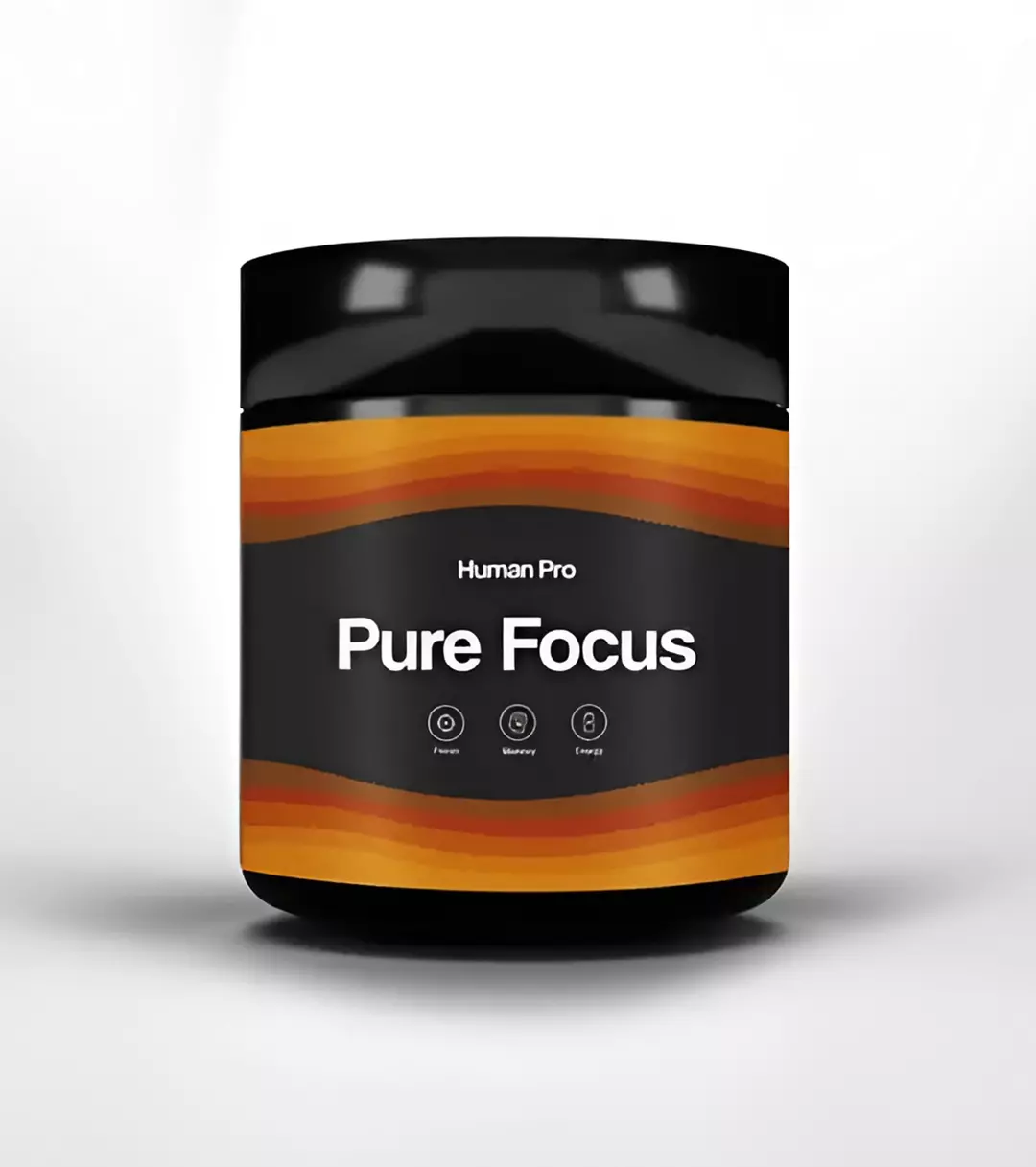Cold Exposure; Timing is Everything
Have you read my article on how to 10x your Microdosing Practice? It’s a short list of habits that support leveling up to the next version of yourself, whether you are microdosing or not.
Including the importance of cold exposure in that article is a no-brainer.
However, I don’t enjoy clickbait article titles that confuse and contradict widespread opinions, habits, or assumptions.
So in this article, I won’t clickbait you by saying that we’ve been doing cold exposure incorrectly, but I will explain why timing is indeed everything.
Nordic and Scandinavian lands have known since the 1800s that extreme hot/cold is not only beneficial to the health of humans but also a vital component of their social fabric.
According to Experimental Physiology, Thomas Jefferson used a cold foot bath every morning for six decades to ‘maintain his good health’.
Now in the 21st century, platforms like TikTok have garnered over 500m views on this practice alone.
And so, many of us have forced ourselves into cold bodies of water, pushing through in the face of shivers and tingles, and sometimes wondering, WTF is this really good for me?!
Now that this counterintuitive practice is incorporated into our modern-day lives, I reckon it’s time to optimize our process.
Ready? Let’s dive in! (pun intended)
Cold Shock Proteins
We don’t need a scientific paper to tell us that we experience a Cold Shock Response, do we?
But I will explain that such a shocking response activates something called Cold Shock Proteins. These are multifunctional RNA/DNA binding proteins.
A medical article was published in 2018 stating that: “…evidence is emerging that cold shock proteins may regulate the formation of protein aggregates in neurodegenerative diseases.”
More recently, we are starting to link the benefits of cold shock proteins to:
- Reduced inflammation
- Improved circulation
- Increased metabolism
- Improved immune function
- Enhanced mood and mental clarity
- Accelerated recovery from exercise
The above benefits are widely correlated with full body immersion into bodies of water between 3 and 15 degrees Celsius.
It’s a yes, but when?
Like any useful tool, context and timing are everything.
The same tool may garner different effects and benefits depending on when it is being implemented.
Many of these 500 million views on TikTok promote cold water exposure as ideal as a post-workout protocol.
What I will unpack with you here is that cold plunges may be ideal as a pre-workout to boost our performance and metabolic functioning, cue Dr. Huberman.
Dr. Andrew Huberman is an American neuroscientist and a tenured associate professor at Stanford University.
He has made contributions to the fields of brain development, brain plasticity, and neural regeneration and repair.
The above accolades and achievements fail to mention his taking the podcast world by storm and helping to make neuroscience commonplace in social conversation.
In his recent podcast on the topic, he answers the question of when to cold plunge and why?
He suggests that It’s better to wait 6 to 8 or more hours until after training to positively influence muscle power.
A meta-analysis on the topic suggests perhaps even waiting 24 hours after eccentric exercise for optimal benefits, muscle power, and performance.
Cold water therapy as a pre-workout?
Even though most recommendations are made regarding cold water therapy as being effective and ideal post-workout, I can’t help but wonder if before a workout may also yield benefits.
This article in Live Strong eludes to my assumption, it reads:
“According to Intelligent-Triathalon-Training, the cold temperature is thought to help reduce inflammation and improve muscle activation. Ice may also help to slow metabolic activity in your muscles and help you feel relaxed. Although these effects are more commonly used to help the body recover after exercise, not before, some of these effects may also be helpful before exercising.”
I have noticed this in my own life. I live just a few hundred meters from the Atlantic Ocean and I like to walk down to the beach.
Anyone that has visited Cape Town knows that Table Mountain ensures our landscape is far from flat.
Our neighborhoods are peppered with steep steps. Some of these stairs are over 100 steps and will get anyone’s cardiovascular system revving.
Upon my walks back home from a dip in the cold Atlantic waters, I’ve often noticed that these 100+ steps feel less strenuous.
In these particular instances, it feels like my breathing is optimized and oxygen levels are increased and consequently, these tall steps don’t feel like an insult to injury but invigorating and refreshing.
Science is catching up
Despite cold water exposure being part of the human experience for well over 200 years, we are forever learning.
Slowly but surely, conversations online are exploring the ideal timing of cold water therapy (CWT), and so more research is needed.
By and large, there are many claims that CWT may induce injury if performed before a workout but that feels like a broad strokes claim.
In 2020, Medical Press discussed a new study finding that “cold water therapy affects blood flow to individual muscles of the leg differently and is dependent on the temperature of the water.”
So in short, we know more than we used to but have still much to learn.
Depending on the temperature of the water, the workouts performed, any pre-existing injuries, and/or medical conditions, there is no hard and fast rule for cold water therapy.
Like with microdosing, start slow and gentle. Be mindful of how your body feels and always check in with your medical team.
Have you incorporated cold water immersion into your life?
Let me know in the comments below.
Flow strong.
Asha ✨






0 thoughts on “Cold Exposure: Timing is Everything”